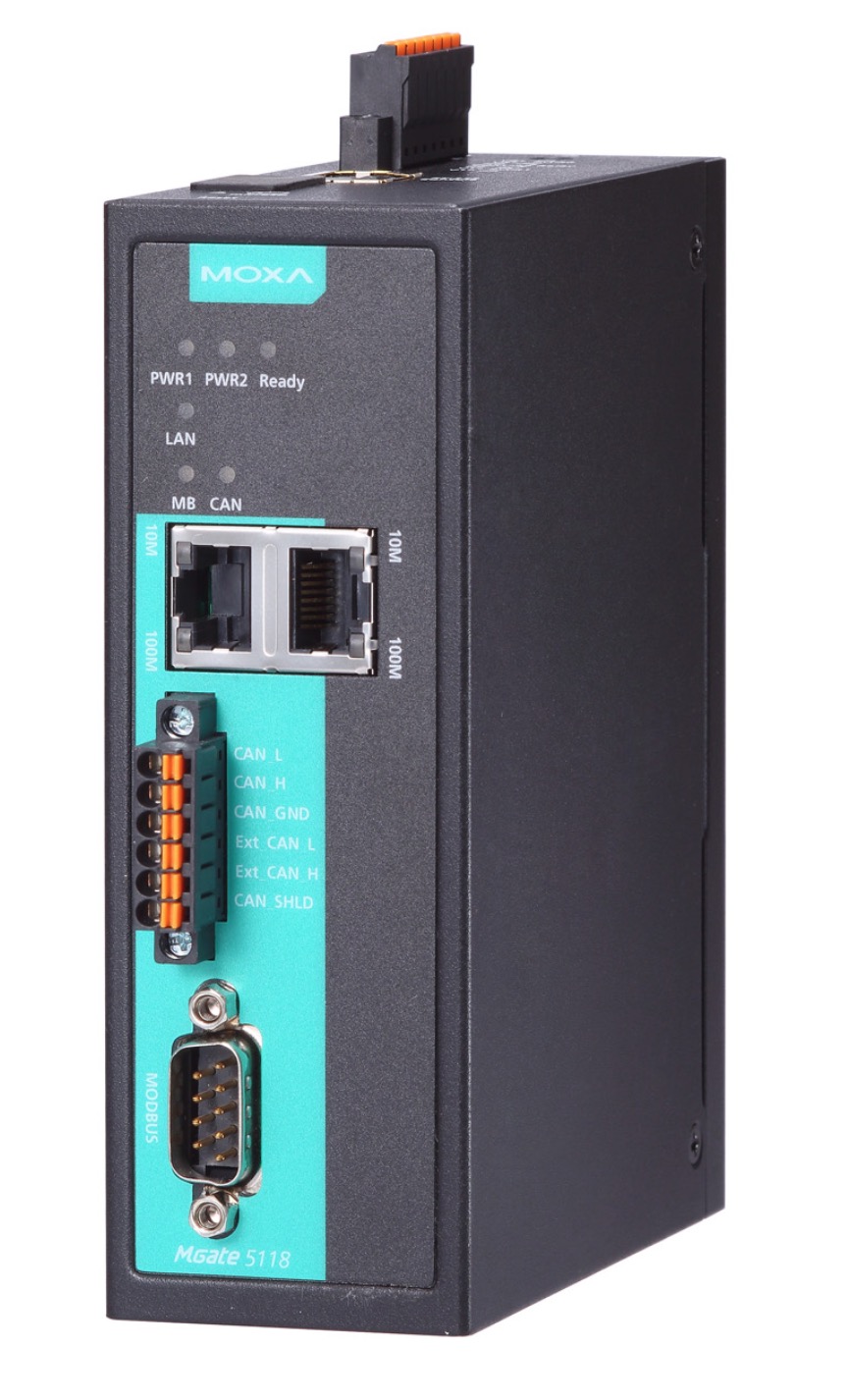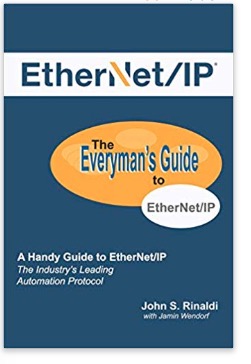Recent Posts
SAE J1939 (CAN Bus) to Modbus, PROFINET, EtherNet-IP Gateways Connect PLCs To Vehicle Engines
Posted by on
Moxa's MGate 5118 industrial protocol gateways support the SAE J1939 protocol, which uses the CAN Bus (Controller Area Network) technology as a hardware layer.
SAE J1939 is used to perform communication and diagnostics between vehicle components, diesel engine generators, and compression engines, and it is suitable for the heavy-duty truck industry and backup power systems.
It is now customary to use an electronic control unit (ECU) to manage these kinds of devices, and an increasing number of applications are using PLCs for process automation to observe the status of J1939 devices connected behind the ECU.
The MGate 5118 gateways support the Modbus RTU/ASCII/TCP, EtherNet/IP, and PROFINET protocols in support of various PLC applications.
Devices that maintain the SAE J1939 protocol can be monitored and controlled by PLCs and SCADA systems that use the Modbus RTU/ASCII/TCP, EtherNet/IP, and PROFINET protocols. With the MGate 5118, you can use the same gateway in a variety of PLC environments.
Features
- Protocol conversion between SAE J1939 and Modbus/PROFINET/EtherNet/IP
- Supports Modbus RTU/ASCII/TCP master/client and slave/server
- Supports EtherNet/IP Adapter
- Supports PROFINET IO device
- Supports SAE J1939 protocol
- Effortless configuration via web-based wizard
- Built-in Ethernet cascading for easy wiring
- Embedded traffic monitoring/diagnostic information for easy troubleshooting
- microSD card for configuration backup/duplication and event logs
- Status monitoring and fault protection for easy maintenance
- CAN bus and serial port with 2 kV isolation protection
- -40 to 75°C wide operating temperature models available
- Security features based on IEC 62443
EtherNet/IP: The Everyman’s Guide to The Most Widely Used Manufacturing Protocol
EtherNet/IP came roaring into the 21st century on the backs of DeviceNet and ControlNet, claiming world domination (almost) as the most widely used protocol in manufacturing. While it’s pervasive, EtherNet/IP isn’t necessarily standard knowledge to everyone on the factory floor. Admit it; maybe you find yourself losing sleep over questions:
- Is EtherNet/IP an IoT transport protocol?
- Are EDS files important for an EtherNet/IP adapter device?
- Which is better: EtherNet/IP or PROFINET IO?
- Isn’t EtherNet/IP just CIP over an Ethernet connection?
- How many ways are there to organize device data into a CIP Object Model? What is the Assembly Object Class?
- Can the EtherNet/IP encapsulation to encapsulate other automation protocols?
- Does it matter which TCP/IP stack we use to build an EtherNet/IP device?
- Is DeviceNet obsolete or complementary to EtherNet/IP?
- How important is the compliance test process?
- Is CoCO good for an EtherNet/IP scanner device, or delicious with marshmallows?
With this handy guide, you will be able to navigate the world of EtherNet/IP and, who knows, maybe entertain a companion with interesting tidbits. Dip into any chapter, in any order, and you’ll find plenty of clear explanations, with tables and diagrams, to guide you through EtherNet/IP. Alternatively, gift the book at Secret Santa time, and some co-worker can get smarter than you about this well-loved protocol.
 Loading... Please wait...
Loading... Please wait...


